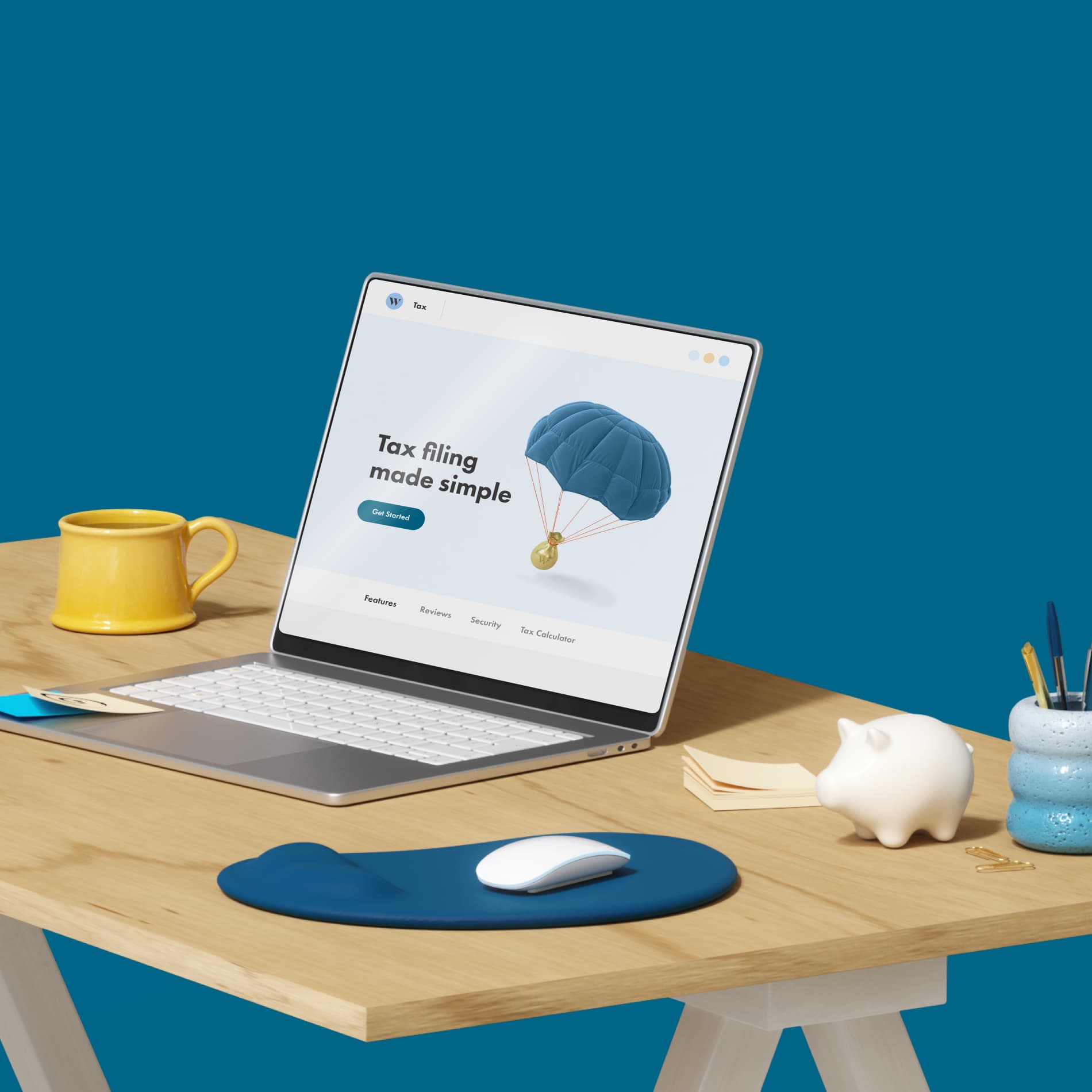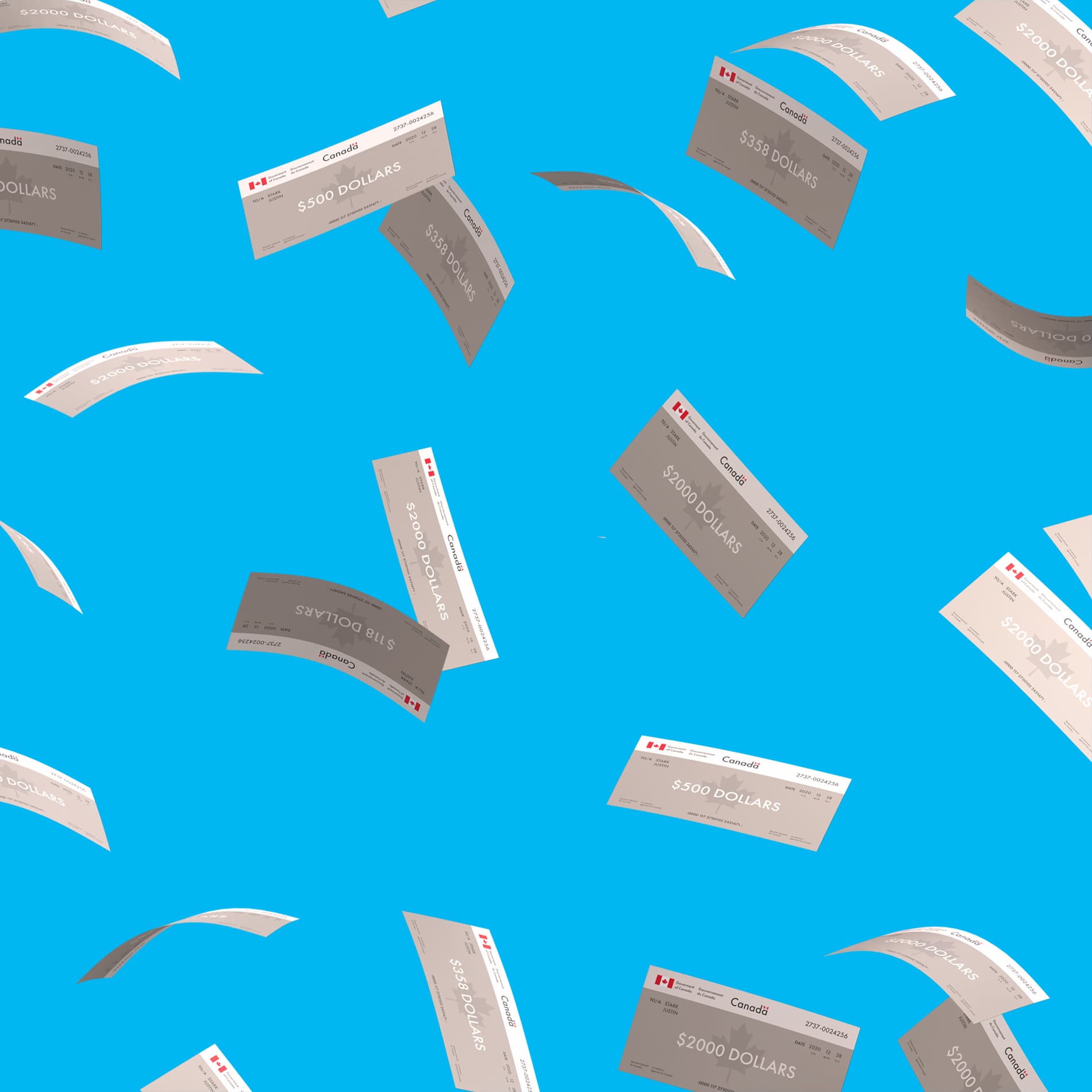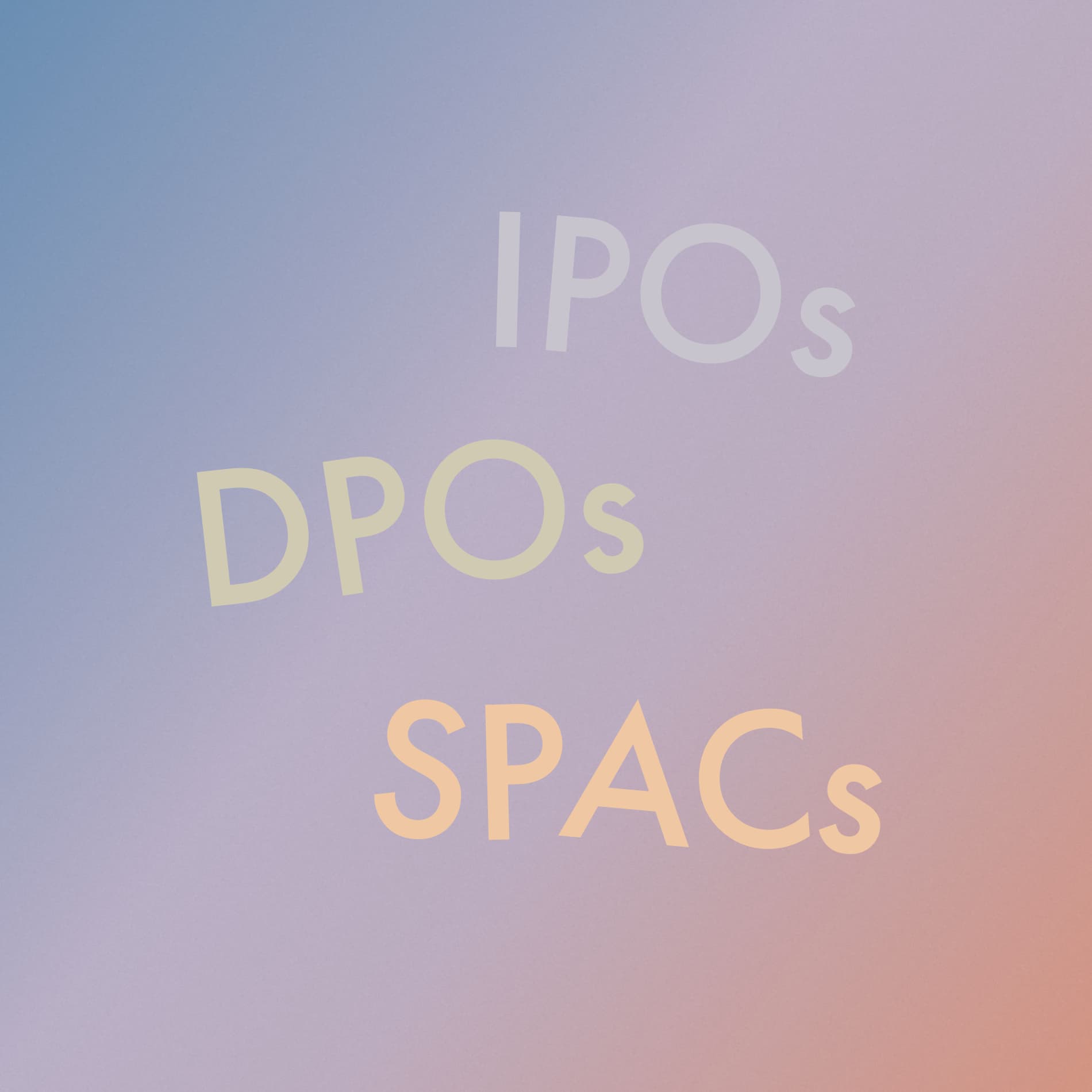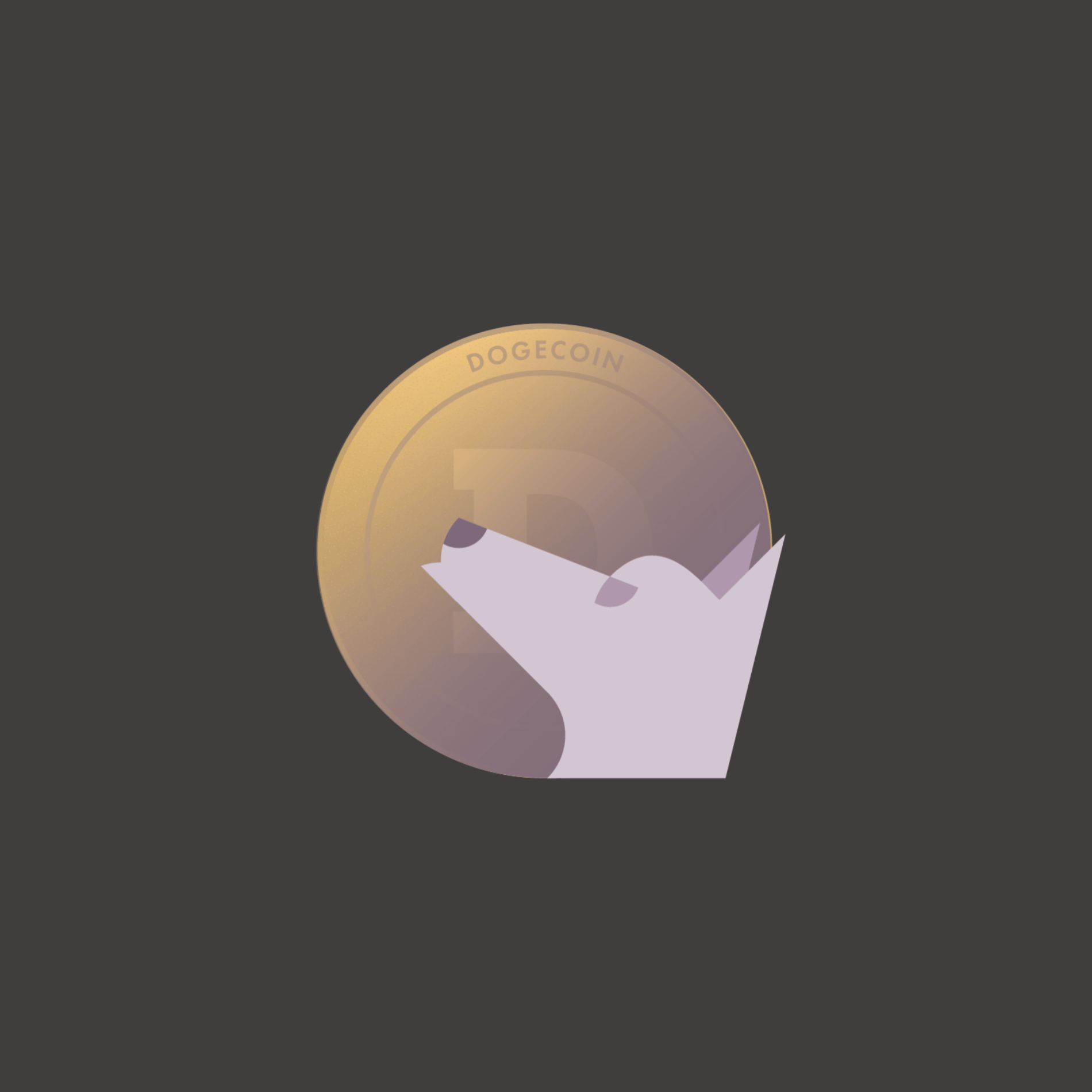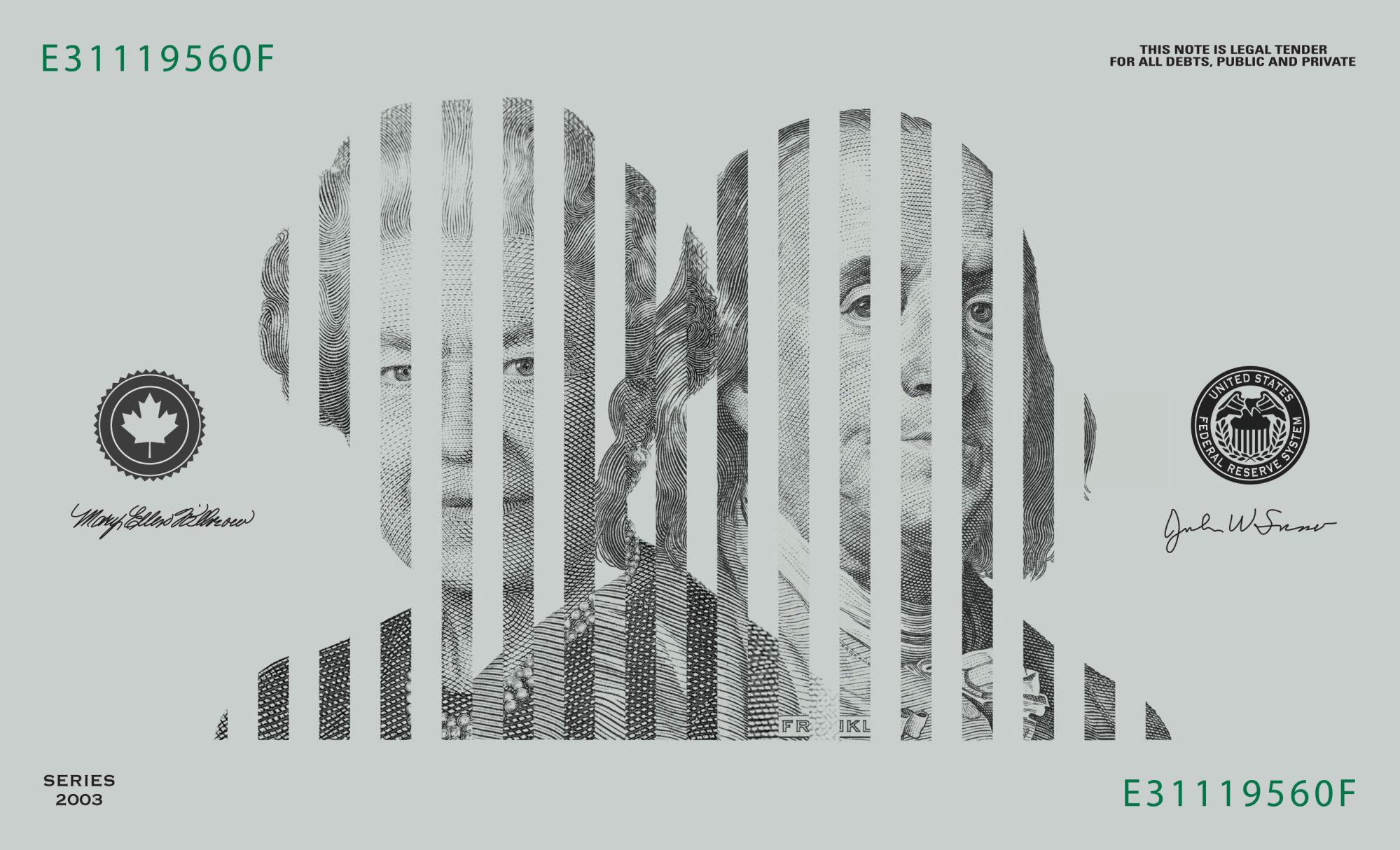
Finance for Humans
Canadians in America: A Comprehensive Guide to Cross-Border Investing
You're Canadian. But you live in the US. Your RRSP is in Canada. But your 401(k) is in the States. Your TFSA is in Canada. But your.... Don't worry. Our seven-step guide.
Wealthsimple makes powerful financial tools to help you grow and manage your money. Learn more
So you've found yourself living south of the border. Maybe it's because you, or the person you love, got a new job. Maybe you wanted a couple years of American adventure. Or maybe you decided to make it in the WWE as a professional wrestler with the stage name “The Polite Maple-Flavoured Northerner” (hey, you have to play to stereotypes in the WWE). Whatever the case may be, you're (hopefully) wondering: how do I deal with my investments? My investment accounts? Do I contribute to my 401(k)? Does the WWE have a 401(k)?
We talked to our own Michael Allen, advisor and border-crosser extraordinaire, about how to handle your finances without getting killed on taxes, missing out on opportunities, or having to move your money back and forth across borders like a money launderer with a shell company. (We think one way to do money right in America: find an excellent automated investing service like Wealthsimple.)
Here are our seven easy steps:
Step One: Liquidate Your TFSA
Before we get into your TFSA, you should know about currency risk. Currency risk is literal – the value of your dollars is relative. If the Canadian dollar strengthens relative to the US dollar, the value of your US savings will decline (or vice versa). And this applies not only to any savings you put into a US account, but also to your future income, paid in US dollars. So, while you’re earning in US dollars and, presumably, want to spend someday in Canadian dollars, we would advise you to consider funding accounts in CAD. For accounts where you plan to spend in USD, use a USD-based account.

Sign up for our weekly non-boring newsletter about money, markets, and more.
By providing your email, you are consenting to receive communications from Wealthsimple Media Inc. Visit our Privacy Policy for more info, or contact us at privacy@wealthsimple.com or 80 Spadina Ave., Toronto, ON.
Which leads us to the TFSA or Tax-Free Savings Account. It's a simple concept. The Canadian government allows us to save a certain amount of money every year — in 2018 it's $5500 — in one of these types of accounts. You can use the money to invest in any of a host of things, to put your money to work. The benefit? Money in these accounts is allowed to grow, tax-free. You don't pay taxes on the gains you earn.
But once you leave Canada, those gains start getting taxed like money in any investment account. So the best thing to do is sell the assets you have in your TFSA and put that money in a Personal account so it can continue to work hard for you. Though if you have room to contribute to tax-advantaged accounts in America (like 401(k)s or IRAs; more on this later), you could do that, as well.
“There's essentially no benefit for you to have a TFSA open given that it's going to be taxed like a normal account,” Allen says. “And the good thing is that you can take all your money out of it tax-free. It's a no-brainer.”
The best part? If you do decide to move back to Canada, you can move all that loot right back into your TFSA. If you'd used $52,000 of contribution room, and it had grown to $100,000 by the time you liquidated it, you'd be able to put $100,000 right back into a TFSA when you move back home.
Step Two: Don't You Dare Liquidate Your RRSP
The whole point of an RRSP is that it's money for later. When you retire. And we come from the school that the smartest thing to do to grow your nest egg is put it in a smart, passive portfolio and leave it the heck alone. Don't even think about it while you're watching American NASCAR or stuffing your face with fries without gravy.
Why? You won’t be taxed on the RRSP while you’re abroad (as long as you elect to defer taxation every year on the income), so there’s no sense in cashing out.
Step Three: If You're Paid By An American Company, Don't Contribute to Your RRSP
If you have unused contribution room, you can still contribute to your RRSP while you're living in the States. But for most of Canadians living in the US, there’s approximately zero benefit to doing so. Let us explain.
“One of the benefits of the RRSP is that any money you contribute reduces your taxable income,” Allen says. “But it only reduces your Canadian income. If you don't have Canadian income there would be no advantage to you. You'd be putting money into the RRSP and not getting a tax deduction for it,” Allen says.
And it's not just that there's no advantage to contributing; it's actually a disadvantage. Because of some complicated tax-rate math, it's likely you'd be putting money in that would have been taxed at a low rate, and taking it out when you may be paying a higher rate. “Part of the premise of an RRSP,” Allen says, “is that you should contribute to it when you're in a higher tax bracket and pull funds out when you're in a lower tax bracket. You'd be doing the opposite.”
Step Four: If You Are Getting Paid by a Canadian Company, You Could Contribute to your RRSP — But You Still Probably Shouldn't
Yes, RRSP contributions would reduce your taxable income in the eyes of the Canadian government. Unfortunately, it wouldn't reduce your income in the eyes of the American government — you have to pay American income tax even if your paycheck comes from a Canadian company.
Step Five: Don't Ignore Your American Retirement Accounts. Except When You Should.
This is a tricky one because, should you leave the country and need to transfer your accounts back home, you'd be subject to a one-time penalty of 15% from the IRS. But let's consider some situations.
First, if you plan on staying in the States indefinitely — maybe even retiring there — you should contribute as much as possible. Second: if your company is giving you a match, there's a good chance it'll make sense. That match is likely to be larger than the tax penalty you'll pay when you leave. Lastly: if you're only here for a short time, and you don't get a company match, chances are it's not worth it. But, like many things, it's worth asking the advice of an accountant.
Step Six: Take Your Other Investment Accounts With You
If you want to invest beyond contributing to your retirement accounts — which we recommend, as long as you don't have high-interest debt, have maxed out your retirement contributions, and have socked away an emergency fund — you can absolutely do that. But you can't use your Canadian investment accounts to do it.
People living in the US aren't permitted to trade on a Canadian non-registered account. All your investing has to be done through an American investment account (which we'd be happy to help you open — along with building you a perfectly optimized, low-fee, diversified portfolio).
Step Seven: Talk to a cross-border expert
Every financial situation, and portfolio, is different. And a lot of them can be darn-right complex, especially with the changing nature of the tax code. It's worth it, if you can afford it, to seek the counsel of a cross-border tax and finance expert — an American accountant who has lots of Canadian clients would be perfect – who can help you sort out all the minutiae and regulations before you make your move.
Step Eight: Keep on Keeping
Don't abandon your financial plan just because you've moved. Keep on saving. Take advantage of employer-matches — otherwise you're leaving part of your income on the table. Avail yourself of tax-advantaged accounts no matter where you are.
And then leave it all alone. In America, just as in Canada, we believe that the smartest, least expensive and most effective way to build wealth is passive investing.
Good luck! And don't forget to write home.
Wealthsimple's education team is made up of writers and financial experts dedicated to making the world of finance easy to understand and not-at-all boring to read.

